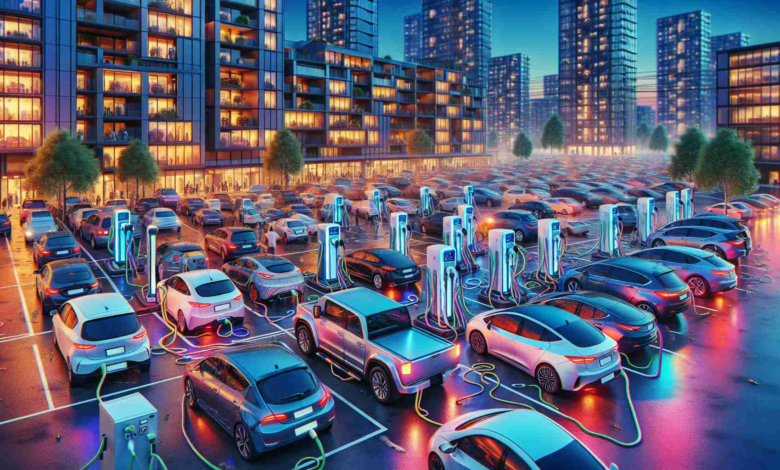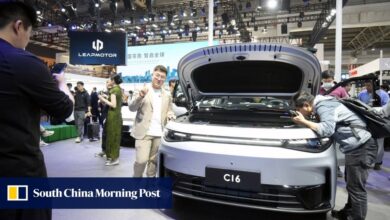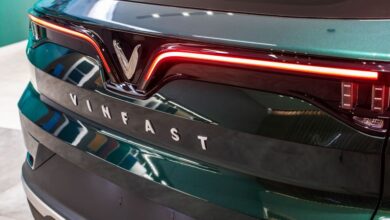Electric Vehicle Charging Challenges for Renting Communities

Renters seeking to transition to electric vehicles (EVs) often face hurdles not encountered by homeowners, particularly when it comes to the installation of necessary charging infrastructure. A discussion on the r/evcharging subreddit highlights the struggles within a Virginia townhome community governed by a homeowners association (HOA), where efforts to accommodate EV charging stations are met with financial and regulatory challenges.
In this community, the prohibitive cost of installing a central power panel for multiple charging stations has shifted the burden to individual homeowners. These homeowners are faced with a $5,000 expense to run power lines to their parking spots. However, the issue is complicated by insurance requirements, as some states mandate homeowners to carry hefty liability insurance if they install permanent improvements on property they do not own.
While some homeowners seek ways to navigate these obstacles, other community members have suggested alternative solutions that involve the HOA overseeing installation but allowing costs to be recouped from the homeowners using the chargers. There have also been suggestions to seek state incentives or rebates from power companies to mitigate costs.
These challenges underline the broader issue of inadequate EV infrastructure—a significant barrier to wider adoption. Nonetheless, the dialogue around these issues is also uncovering innovative solutions that could serve as models for other renting communities facing similar problems.
The article emphasizes the importance of sustainable transportation for both economic savings and environmental benefits. EVs are not only cheaper to fuel and maintain but also help in the reduction of carbon emissions. Subscribers to the free newsletter can look forward to receiving more insightful tips on how to save money while supporting eco-friendly initiatives.
Challenges for Renters Transitioning to Electric Vehicles
Renters seeking to embrace electric vehicles (EVs) are coming up against unique challenges that highlight the difficulties in aligning the EV market’s growth with existing residential infrastructure. In particular, renters in multi-unit dwellings that are subject to homeowner association rules, like those in a Virginia townhouse community, find themselves in a difficult situation.
Installation Cost and Insurance Issues
The cost of installing centralized charging stations can be prohibitively expensive, especially when the expense is passed on to individual homeowners. The case of the community facing a $5,000 bill per homeowner is not isolated. For renters, these high upfront costs pose a significant barrier to EV adoption. Insurance requirements add another layer of complexity and can deter residents from making efforts to install EV chargers.
Looking for Collaborative Solutions
Some community members have proposed collaborative efforts where the HOA manages the installation, with costs shared among those who benefit from the chargers. Researching state incentives and power company rebates may also provide financial relief, making the installation of EV chargers more feasible. Discussions in forums like r/evcharging are critical as they facilitate the sharing of knowledge and experiences which can lead to innovative solutions for overcoming infrastructure barriers.
EV Infrastructure and Market Forecasts
The EV market is growing rapidly, with sales increasing year on year. Market forecasts predict a significant rise in the adoption of EVs over the next decade. This surge in popularity is driven by the reduction in battery costs, the expansion of model variety, and growing environmental concerns. However, the success of the EV market also depends on the concurrent expansion of infrastructure, including charging stations, especially in urban environments and multi-unit residential areas.
Industry-Wide Issues
This expansion is not without its issues. The EV charging infrastructure is facing challenges that include not only the cost and installation complexities mentioned above but also the need for grid modernization to handle the increased demand for electricity. Moreover, accessibility of charging stations in rural and underserved urban areas continues to be a hindrance to EV adoption.
The automotive industry, utility companies, government bodies, and community organizations need to work together to address these issues. Policy initiatives, such as rebates or tax incentives for installing EV chargers, and changes in building codes to include EV charging infrastructure in new constructions could significantly help in overcoming challenges.
For those interested in staying informed about the growth and challenges of the EV industry, providing a source of credible information can be valuable. Readers might find organizations like the Electric Vehicle Association (electricauto.org) or the International Energy Agency (iea.org) useful for gaining further insights into the state of the EV market and infrastructure developments.
In conclusion, while EVs offer a pathway to more sustainable transportation, addressing the installation hurdles for charging infrastructure is crucial. Innovation, collaboration, and supportive policies will likely be the key drivers of change, enabling renters and homeowners alike to participate in the EV revolution.

Marcin Frąckiewicz is a renowned author and blogger, specializing in satellite communication and artificial intelligence. His insightful articles delve into the intricacies of these fields, offering readers a deep understanding of complex technological concepts. His work is known for its clarity and thoroughness.



